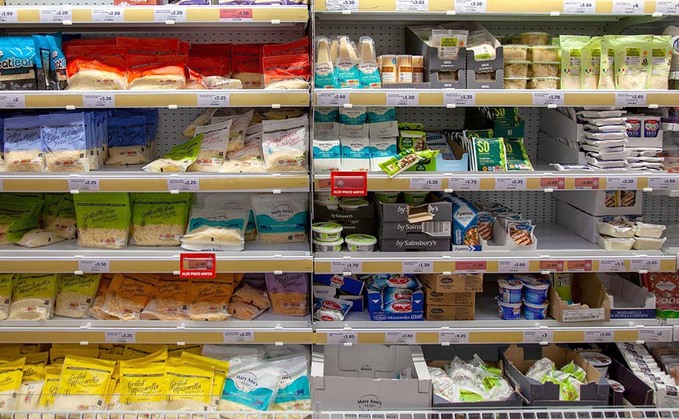
Households ate more meat and cheese in the years 2020/21 than they did in 2016/17, despite pressure to reduce their intake. Coronavirus lockdown habits influenced the findings, but the figures still...

Households ate more meat and cheese in the years 2020/21 than they did in 2016/17, despite pressure to reduce their intake. Coronavirus lockdown habits influenced the findings, but the figures still...